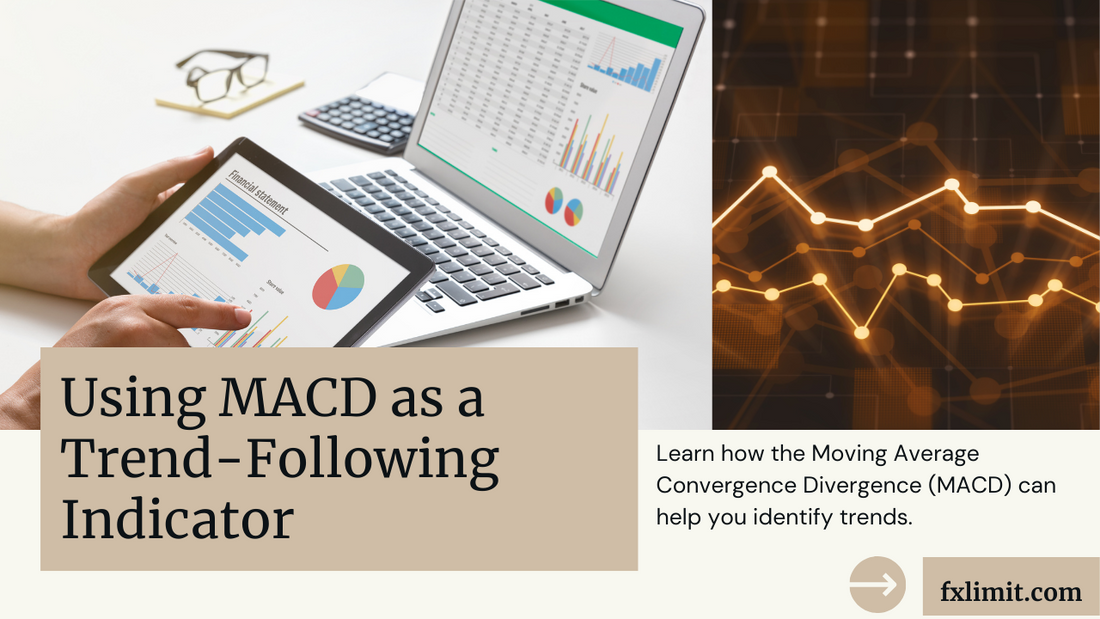
Using MACD to Identify Trends in Forex Trading
Share
When it comes to forex trading, identifying trends is crucial for making informed decisions. One popular tool that traders use to identify trends is the Moving Average Convergence Divergence (MACD) indicator. In this blog post, we will explore what MACD is and how it can be used to identify trends in forex trading.
What is MACD?
MACD is a trend-following momentum indicator that shows the relationship between two moving averages of a currency pair's price. It consists of three components:
- The MACD line: This line is calculated by subtracting the 26-day exponential moving average (EMA) from the 12-day EMA.
- The signal line: This line is a 9-day EMA of the MACD line.
- The histogram: This is the difference between the MACD line and the signal line.
How does MACD identify trends?
MACD can help traders identify trends by generating buy or sell signals. When the MACD line crosses above the signal line, it generates a bullish signal, indicating that it may be a good time to buy. Conversely, when the MACD line crosses below the signal line, it generates a bearish signal, indicating that it may be a good time to sell.
Using MACD to confirm trends
While MACD can be used to generate buy or sell signals, it is often used in conjunction with other indicators to confirm trends. For example, traders may look for convergence or divergence between the MACD indicator and the price of the currency pair. If the price is making higher highs while the MACD indicator is making lower highs, it could be a sign of a potential trend reversal.
Interpreting MACD histogram
The MACD histogram is another useful tool for identifying trends. When the histogram is above the zero line, it indicates that the MACD line is above the signal line, suggesting a bullish trend. Conversely, when the histogram is below the zero line, it indicates that the MACD line is below the signal line, suggesting a bearish trend.
Conclusion
MACD is a powerful tool that can help forex traders identify trends and make informed trading decisions. By understanding how MACD works and how to interpret its signals, traders can gain an edge in the forex market. However, it is important to note that no indicator is foolproof, and traders should always use MACD in conjunction with other technical analysis tools and risk management strategies.



